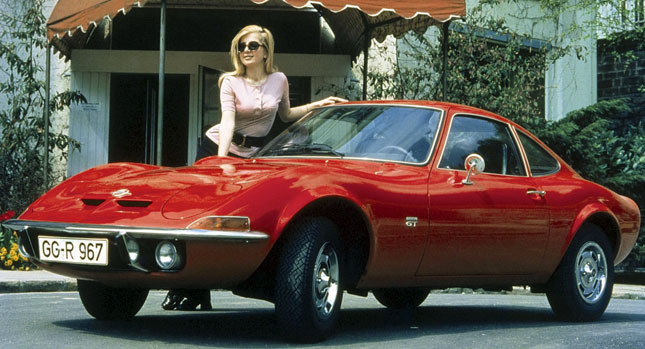As Opel begins the celebrations for its 150th anniversary this year, the German automaker has published a new video that traces its history from the foundation of the company by Adam Opel on January 21, 1862 up until today and its most recent offerings like the new Chevrolet Volt-based Ampera.
As you can see in the video after the break, Opel started off by producing sewing machines and then went on to build high-wheel bicycles, also known as penny-farthings (from the unevenly sized British penny and farthing coins) before Adam Opel’s two sons entered into a partnership with Friedrich Lutzmann to produce the company’s first automobiles in 1902.
In 1924, Opel became the first German automaker to use an automated assembly line, while in 1928, the company designed a rocket car that broke the land speed record on the Berlin Avus race track with Fritz von Opel achieving a top speed of 238 km/h (147.9mph). One year later, Opel took to the skies with its Opel-Sander RAK1, which was the first ever publicly manned rocket flight (albeit a short one at that).
Amidst the global economic crisis in 1929, General Motors acquired a majority stake in the Rüsselsheim-based company before buying out Opel and turning it into a wholly owned subsidiary in 1931. By 1936, Opel is the biggest car manufacturer in Europe with an annual production of more than 120.000 vehicles.
Following the suspension of civilian production during World War II, Opel resumed its normal production. In 1971, the tenth millionth Opel rolled off the company’s assembly line, while in 1999, the company celebration the production of its 50 millionth vehicle.
Today, Opel and its British sister brand Vauxhall are active in more than 40 countries around the world with the company boasting a workforce of 40,500 employees at plants and engineering centers in six European nations. In 2010, Opel/Vauxhall sold over 1.1 million passenger cars and light commercial vehicles achieving a market share of 6.2 percent in Europe.
VIDEO
PHOTO GALLERY




















